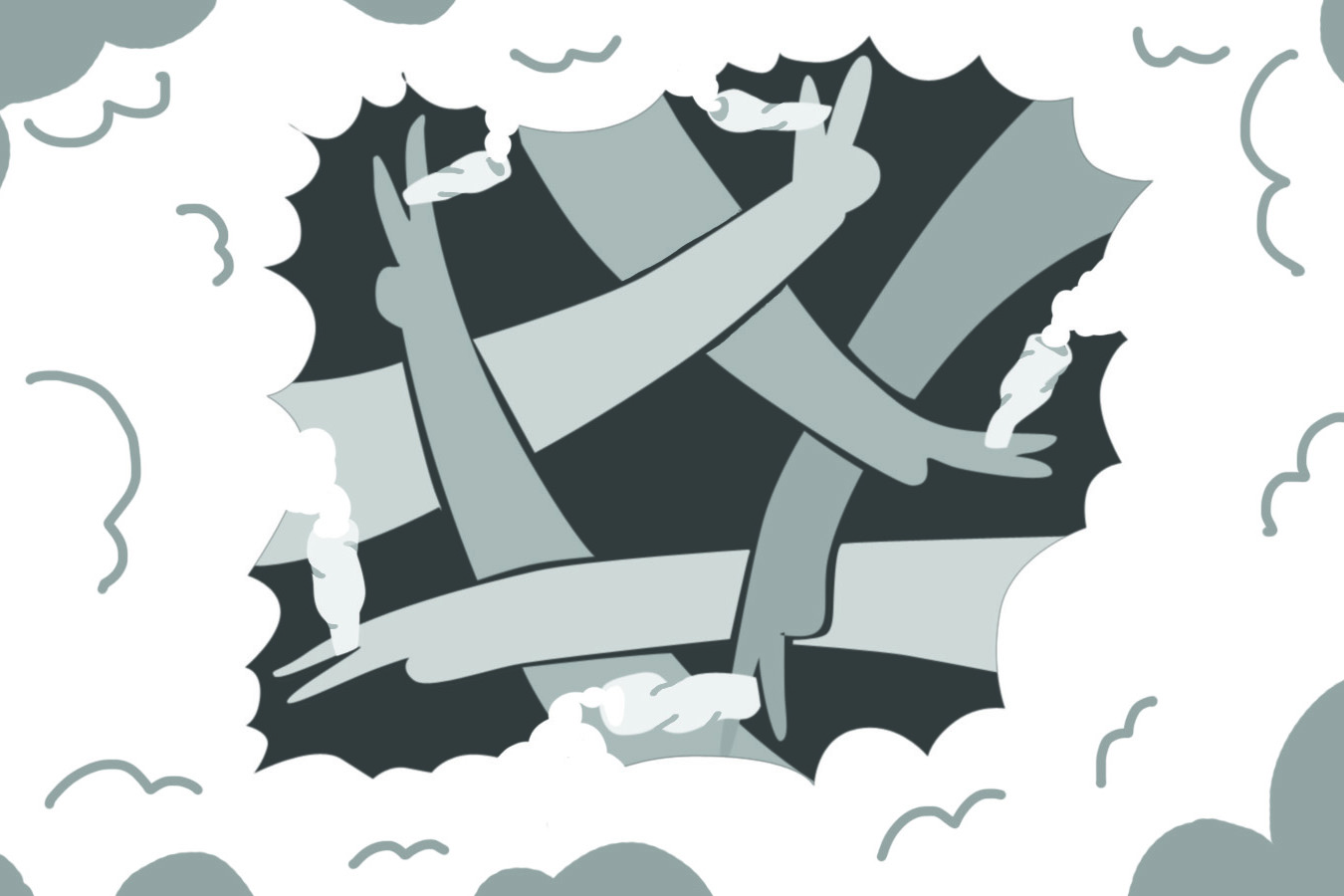America: land of the free. Here in our country, we are free to eat cheeseburgers, drink beer, make our voices heard and exhibit our right to be free people.
The National: To bear, or not to bear
America: land of the free. Here in our country, we are free to eat cheeseburgers, drink beer, make our voices heard and exhibit our right to be free people. These are the freedoms spoken of in the constitution, those guaranteeing a number of aspects of life that we love. We love liberty. We love free speech. And we love guns…well, some of us do.
The recent and tragic shooting in Arizona has caused a stir in an already boiling pot, filled to the brim with debate about firearms in the United States. Debates over guns, and the rights associated with them, have lingered throughout America’s history ever since its birth—and they show no signs of fading away.
Owning and bearing a firearm is a right. This right was designed and influenced in the time of the American Revolution, but holds over in our modern day. The second amendment addresses the need of and permits a well-regulated militia. It also speaks of the right to keep and bear arms. While many have taken to arguing over the interpretation of this amendment, the U.S. Supreme Court held in a 2008 ruling (District of Columbia v. Heller) that, indeed, it is a right to keep a firearm in a home. The decision was further cemented just last year in McDonald v. Chicago.
So we know it is our right to have guns. But another issue continues to rise as those guns are showing up at various political rallies. The Tea Party has gained a fair amount of media attention over this fact, as well as their political community’s common fervor for guns. Forgoing any argument of whether or not open-carry, concealed-carry or other forms of public carrying of firearms should or should not be legal, perhaps the question we should be asking ourselves is whether or not we as a society can handle such a responsibility to begin with.
I grew up with guns in the home—though not many, especially by an enthusiast’s standards. But guns were in the home nonetheless. Having such an object in the house, it was impressed upon me that a gun was to be feared and respected. Not in a worship-like manner, as it appears among certain gun-loving crowds, but rather because guns are a serious responsibility. Even something as simple as a BB gun was treated as if it was an automatic rifle. Guns were handled with caution, never carelessly shown about and spoken of plainly and frankly.
A gun is a tool designed for a specific purpose. And while it is very true that today we can find pleasure in non-lethal, recreational uses of firearms, the core purpose of this tool is to kill—that is its history and its single reason to exist. A gun is meant to cease a life, that is its ultimate goal—whether that life be wild game, an enemy on a battlefield or a burglar. A gun is nothing short of an instrument of death.
A gun is not an accessory. It is not a fashionable ornament to swing over one’s shoulder, or to showcase on one’s hip as they would an elaborate belt buckle. It is not akin to an annoying and tiny toy dog carried under the arms of snobby celebrities. A gun is not a trendy article for display, and the public venue is not a runway on which to showcase it. Treating it as such diminishes the respect and the context this instrument deserves.
There are times and places for enthusiasts to enjoy firearms. And there will be occasions for the display of firearms and the communion of gun buffs. This occasion is not in the public, in the midst of life. Just because a person can do something doesn’t mean they should. I can live off a steady diet of cheeseburgers, but this doesn’t mean I should. I can smoke cigarettes in public wherever I like, but it doesn’t mean I should—especially knowing the effects it has on others. I can go up to a strange dog to pet it, but just because I can, doesn’t mean I should. At some point, the fact that we can do something must be in line with intelligent and civil thought.
Accidents do happen—even though accidental gun deaths have been steadily on the decline in the United States each year. But another notion to consider, and one I do affirm, is that the most dangerous aspect of a gun is quite possibly the person holding it. People don’t need guns to kill—we have been doing it for ages, before firearms were even invented.
If firearms are to be among the public, open or concealed, we must consider whether or not our society is responsible enough to do so. Brandishing a piece at political rallies does nothing to provide confidence that we are responsible—it produces the opposite effect. It is a long way from keeping and bearing arms in one’s home in order to protect the security of a free state to the careless showboating of a deadly device. It begs us to cautiously wonder about the danger presented when gun-bearing crowds are backed by protest signs that casually bear violent threats.
Rights are not mere and simple. They can be easily taken for granted when far removed from the price paid for them, or the conscientiousness of having them. The right to bear arms is a responsibility, not a game or a social accessory.
Complacency, ignorance or other forms of leaving our rights unattended are common threats to those very rights. But they are equally threatened by the lack of responsibility to wield them. ?



